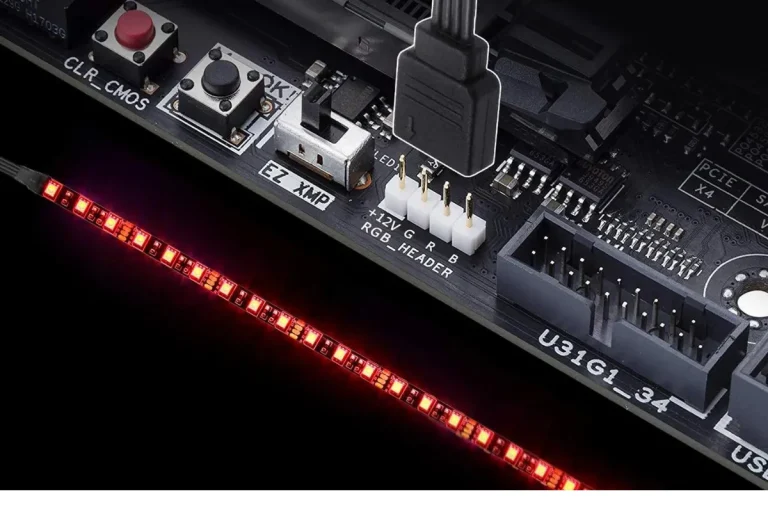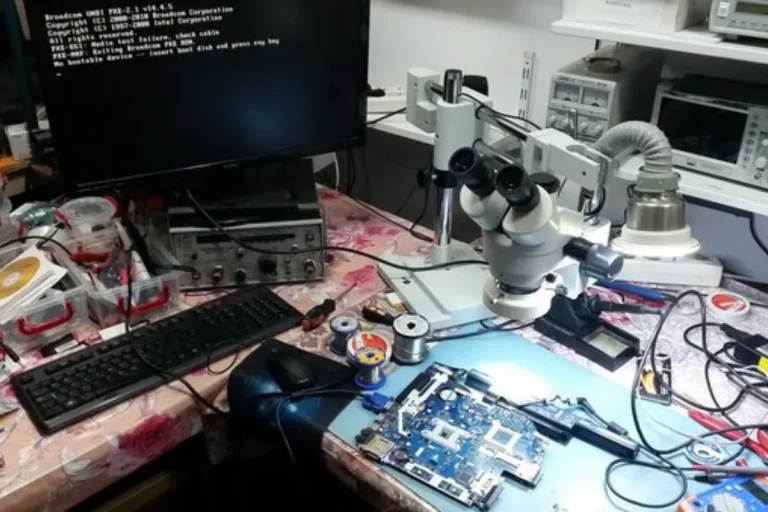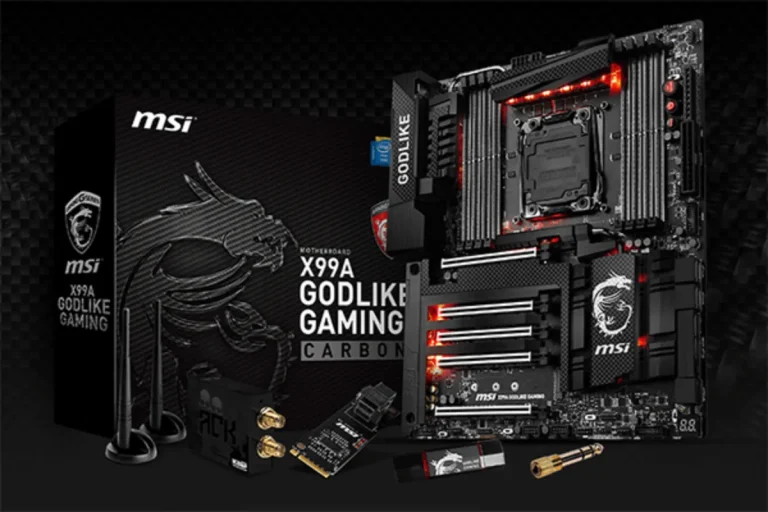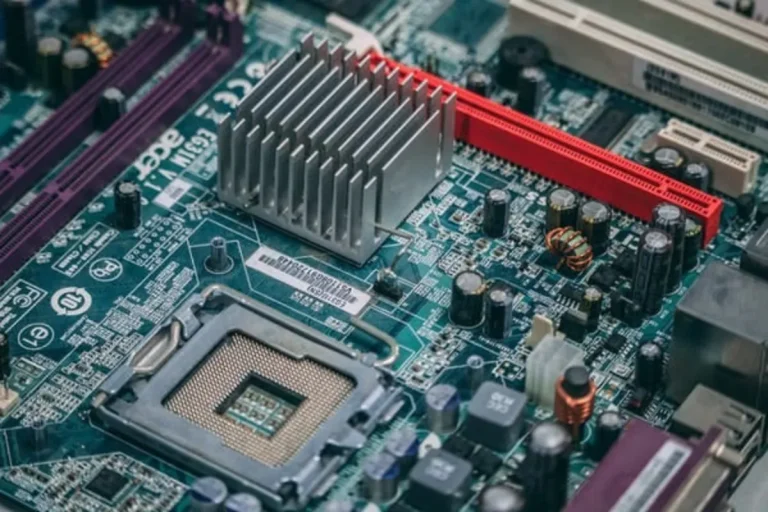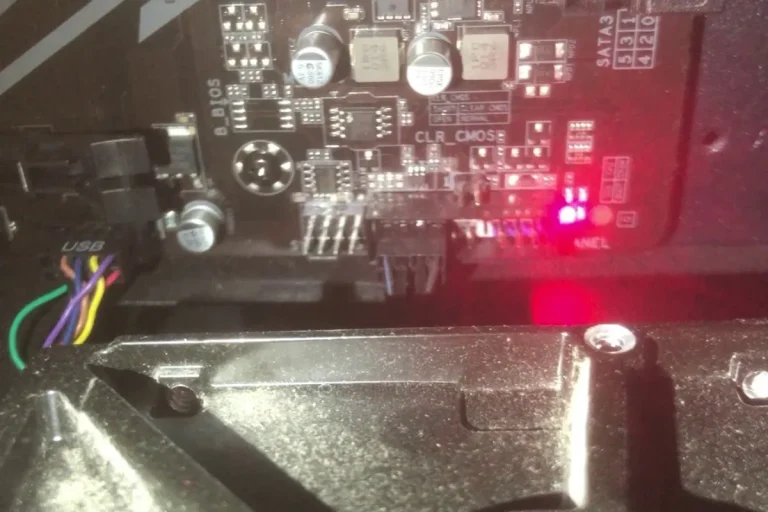What is the VGA port in the motherboard?
Are you curious about the VGA port on your motherboard? Wondering what it does and why it’s there? Look no further! In this article, we’ll unravel the mystery behind the VGA port and explain its role in connecting your computer to an external display.
Functionality and Compatibility
Have you ever wondered how a VGA port on your motherboard manages to transmit video signals to your display? In this section, we’ll explore the inner workings of the VGA port and shed light on its functionality and compatibility.
VGA port transmits video signals
The VGA port is a communication channel between your computer’s motherboard and the external display. It uses analog signals to carry video data from your computer to the monitor.
The VGA port sends out three separate color signals (red, green, and blue) along with synchronization signals to ensure the proper display of images and videos.
VGA resolution capabilities and limitations
While VGA has been a popular choice for many years, its resolution capabilities have certain limitations. VGA is generally capable of supporting resolutions up to 640×480 pixels, which is considered standard definition. However, it may struggle to handle higher resolutions, decreasing image quality and clarity.
Compatibility considerations with different display
Regarding compatibility, VGA ports are widely supported by various display devices, including older monitors and projectors. However, it’s important to note that newer displays often come with digital input ports like HDMI, DVI, or DisplayPort, which offer better image quality and higher resolutions.
To connect a VGA port to these newer devices, you may require a VGA to HDMI or VGA to DVI adapter.
Advantages and Disadvantages
Are you wondering about the pros and cons of using a VGA port on your motherboard? In this section, we’ll explore both the advantages and disadvantages of VGA technology.
Benefits of VGA port usage
One of the significant advantages of VGA ports is their wide availability. VGA has been around for a long time, making it a common feature in many computers and monitors. This means that you can easily find compatible cables and devices without much hassle.
Another benefit is the backward compatibility of VGA ports. Even if you have a newer computer or display device with more advanced ports, you can still connect them using VGA. This flexibility allows you to use older monitors or projectors that only support VGA connectivity.
Limitations and drawbacks of VGA
However, VGA does have its limitations. One of the main drawbacks is its lower resolution capability. Compared to modern alternatives like HDMI, DVI, or DisplayPort, VGA is limited to lower resolutions, typically up to 640×480 pixels. This can result in less sharp and detailed images, especially on larger screens.
Additionally, VGA uses analog signals, which are more susceptible to interference and signal degradation compared to digital signals used by newer display ports. This can lead to image quality issues such as ghosting or color inaccuracies, particularly over longer cable distances.
VGA Port vs. Other Display Ports
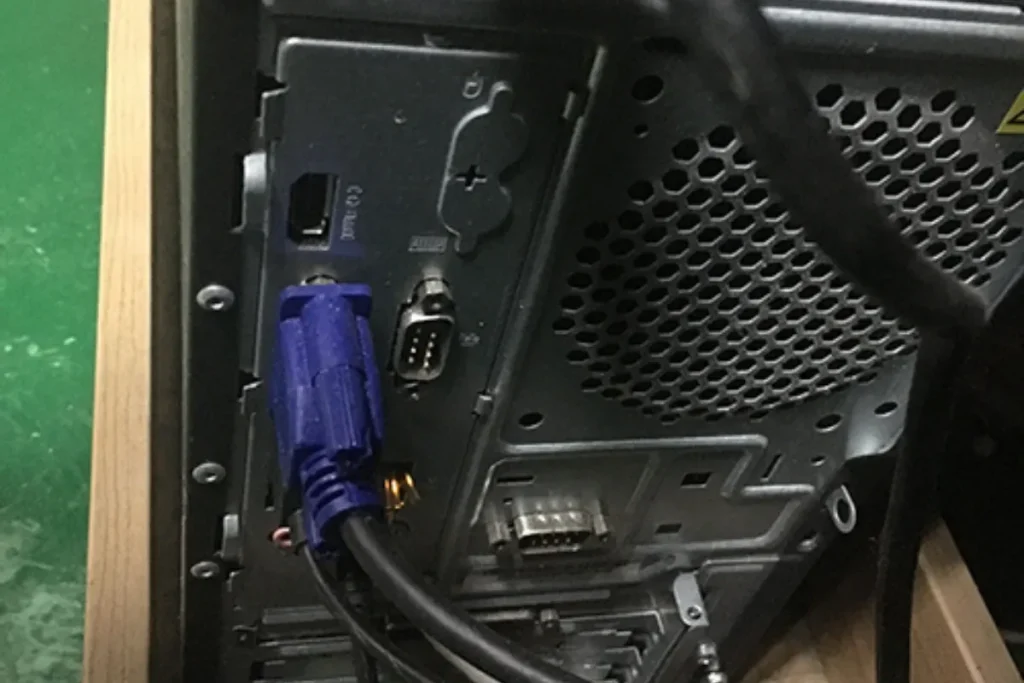
Curious about how VGA ports stack up against other commonly used display ports like HDMI, DVI, and DisplayPort? In this section, we’ll compare VGA with these alternatives, highlighting the key differences and similarities.
Comparison of VGA port with other display ports
VGA, or Video Graphics Array, has been around for quite some time and has been widely used in the past. However, it faces tough competition from newer display ports like HDMI, DVI, and DisplayPort.
Key differences and similarities
One of the primary differences between VGA and the newer display ports is the technology they use. VGA relies on analog signals, while HDMI, DVI, and DisplayPort utilize digital signals. This distinction allows the newer ports to support higher resolutions and deliver crisper images.
Another significant difference is the audio support. Unlike HDMI and DisplayPort, VGA and DVI do not carry audio signals. If you want both audio and video transmission, HDMI or DisplayPort would be the way to go.
However, VGA does have a couple of advantages. First, it boasts wide compatibility with older devices, making it a suitable choice for connecting to legacy monitors or projectors. Second, VGA cables are relatively inexpensive compared to HDMI or DisplayPort cables.
Frequently Asked Questions
1. Why is my VGA display flickering?
Display flickering with VGA can occur due to loose connections, faulty cables, or outdated graphics drivers. Try reconnecting the cables securely, replacing the VGA cable if necessary, and updating your graphics drivers to resolve the issue.
2. I’m not getting any signal on my VGA monitor, what should I do?
If you’re not receiving any signal on your VGA monitor, double-check the cable connections, ensure that the monitor is powered on, and try adjusting the input source on the monitor settings. You may also want to test the VGA port with another device or try connecting your device to a different monitor to isolate the problem.
3. My computer and VGA monitor are not compatible, what can I do?
Compatibility issues between your computer and the VGA monitor can arise due to resolution or refresh rate mismatches. Adjust the display settings on your computer to match the supported resolution and refresh rate of your monitor. If necessary, update your graphics card drivers to ensure compatibility.
4. Why is the VGA display quality poor compared to other ports?
VGA ports use analog signals, which can result in lower image quality compared to digital ports like HDMI or DisplayPort. To improve the display quality, consider upgrading to a digital connection if your device supports it, such as HDMI or DVI.
5. Can I use a VGA to HDMI adapter to connect my devices?
Yes, you can use a VGA to HDMI adapter to connect devices with VGA ports to HDMI displays. However, keep in mind that these adapters only convert the VGA signal to HDMI format and do not enhance the resolution.
Conclusion
The VGA port on a motherboard is a connector that allows you to connect your computer to a display device using an analog signal. It is a reliable and widely compatible option for older monitors and projectors. So, if you’re looking to connect your computer to a VGA-compatible display, the VGA port on your motherboard is the way

